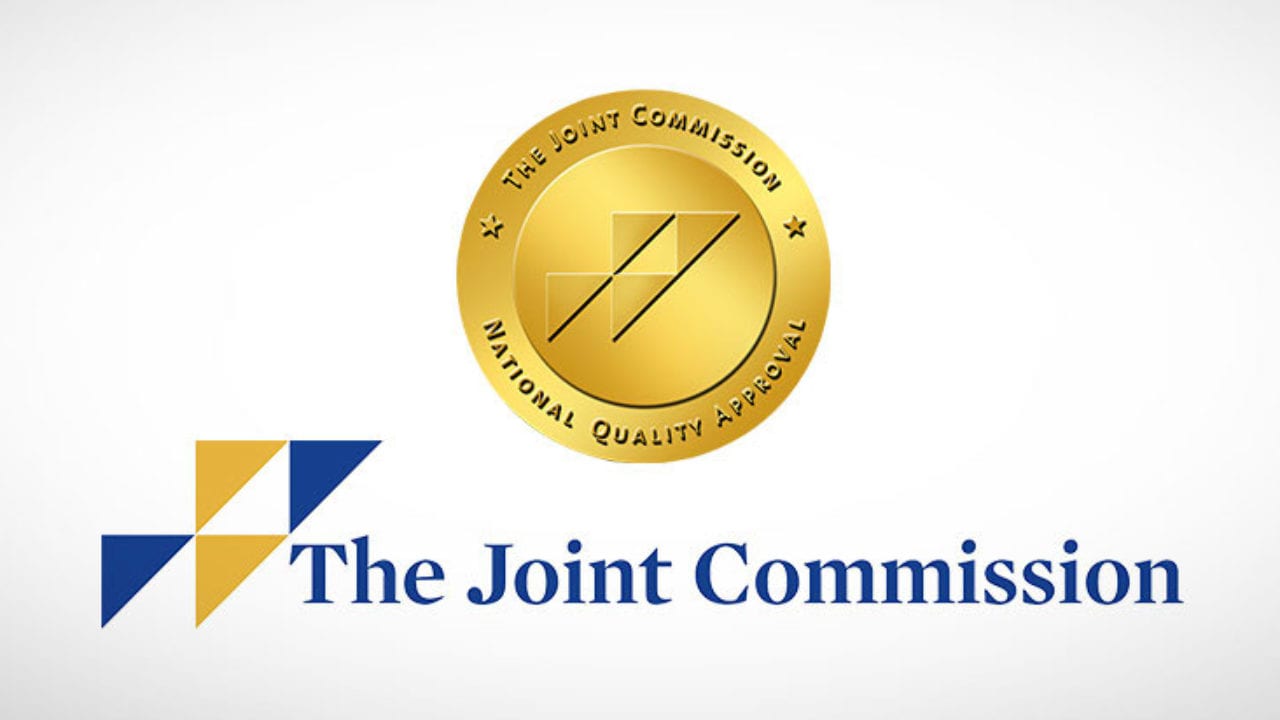Why Is Informed Consent Important?
Informed consent is a critical component of the doctor-patient relationship, representing both a patient’s legal right to autonomy over their medical decisions and a physician’s ethical obligation to uphold their professional oath of rendering service to humanity with dignity and respect.
Simply put, patients have a right to be educated about the risks, benefits, and alternatives of medical care, and doctors have a duty to explain treatment options in the way a patient can understand. This basic agreement establishes the trust that is needed for both the patient and the provider to participate in medical care in meaningful ways.
Informed consent is a large part of patient safety in healthcare, and while its main purpose is to protect the patient, comprehensive informed consent also reduces legal risk for physicians.
The Five Conditions of Informed Consent
The Joint Commission, the organization that certifies hospitals and other health care organizations, lists five elements of the informed consent process that must be documented in a patient’s medical record. These are:
(1) the nature of the procedure
(2) the risks and benefits of the procedure
(3) reasonable alternatives
(4) risks and benefits of alternatives
(5) assessment of the patient’s understanding of all of the above
Good informed consent is more than just a mouse click, initial, or signature on the dotted line – physicians who encourage patients to fully participate in their medical care, communicate, and ask questions are proactively reducing the likelihood they will face a medical malpractice lawsuit.

When it comes to malpractice litigation, an ounce of prevention is worth a pound of cure. A medical malpractice lawsuit can take years to resolve, causing doctors extreme physical and emotional stress throughout the duration of the case, even if they eventually win.
Why Informed Consent is Important in Healthcare – Reduce Malpractice Risk by Improving Your Communication
If you’re looking for ways to improve your informed consent process and reduce medical malpractice risk, consider incorporating the following components to your practice’s policies and procedures:
You can ask the patient to repeat back to you what they understood from your communication. If you assess that the patient doesn’t have a sufficient understanding, you will need to review the five elements of the informed consent process with them again until an understanding is reached.
Good Informed Consent Is Important to Effectively Manage Patient Expectations
Reducing malpractice risk by improving your informed consent process really narrows down to one thing – effectively managing patient expectations. Given the demanding, fast paced environment that practicing medicine now demands, it may be difficult to imagine being able to integrate these recommendations into your practice. However, allowing ample room for time and patience in your communication with patients is a tremendous investment in reducing your risk of ever having to encounter a claim in the first place.
Of course, the recommendations above are just a start towards the many steps you can take to reduce malpractice risk in your practice, and this article should not be considered a complete guide to informed consent. For further reading, check your medical malpractice insurance carrier’s website for educational resources aimed at reducing liability (The Doctors Company is a good place to start).
At MEDPLI, we want providers and practices to thrive, and we know your time is valuable. That’s why we put together resources that seek to make professional liability easier for doctors. We also save you time by finding the best insurance quotes that match your specific needs – so you don’t have to. Contact us today for a fast, free quote.



